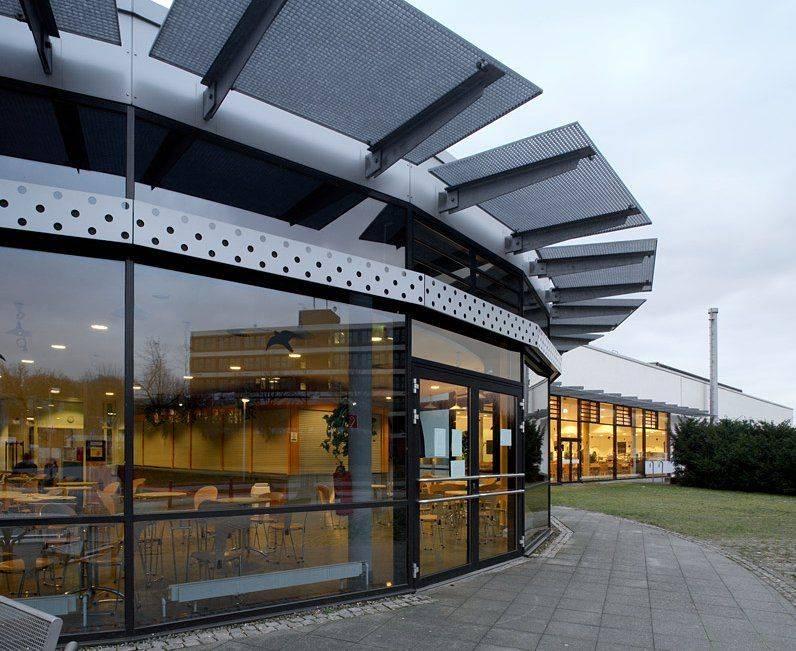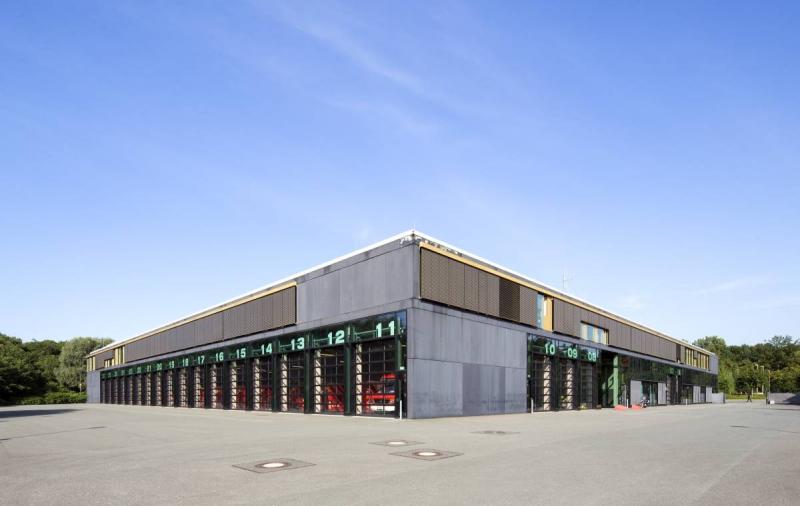Schüngelbergstraße/ Holthauser Straße, 45897 Gelsenkirchen
Icon legend
![]() This icon indicates an awarded building
This icon indicates an awarded building
![]() This icon indicates a listed building
This icon indicates a listed building
![]() Projects with this logo are on the UNESCO World Cultural Heritage list
Projects with this logo are on the UNESCO World Cultural Heritage list
![]() Project has been converted, renovated or extended
Project has been converted, renovated or extended
x close
![]()
1897 - 1919 / 1993 - 1999
Zechenbaumeister Wilhelm Johow
(old residential area)
Architekt Dipl.-Ing. Rolf Keller
(new residential area)
Advanced search with more criteria
Total projects: 483

45897 Gelsenkirchen
Distance: 1.30 km

45894 Gelsenkirchen
Distance: 1.95 km
The original Schüngelberg estate in Gelsenkirchen-Buer is a typical example of a garden-town miners’ estate of the late 1800s. It developed between 1897 and 1919, based upon plans by pit builder Wilhelm Johow, at the foot of the Rungenberghalde [a coal tip] for the miners of the adjacent Zeche Hugo [a pit].
As early as 1919, an expansion concept had envisaged the creation of additional housing but it wasn’t implemented for financial reasons.
It was only at the end of the 20th century that an expansion of the estate was finally tackled. This project’s planning basis derived from an urban-development competition in 1990.
A modernisation of the existing buildings in accordance with preservation orders aside, a new part of the estate with 220 flats in terraced houses was built between 1993 and 1999 based upon the architectural and urban-development blueprints of Swiss architect Rolf Keller. In the centre of the estate, a day-care facility, shops and meeting points were also built.
The expansion of the estate drew upon the existing building’s structure. Streets, for example, were spatially limited through front gardens and hedges and saw differently designed single houses.
The estate’s environment was also redesigned in the course of the redevelopment: the Rungenberghalde is now accessible to the public.
A restoration of the environmentally friendly drainage of the rain water was also part of the plans. In combination with the restoring to nature of the Lanferbach [a stream], a syncline-infiltration-ditch system now relieves the public sewage system.
The Schüngelberg estate was part of the international construction exhibition (IBA) Emscher Park in the 1990s.
Author: Editorial baukunst-nrw
Text last changed on 12.09.2023
Categories:
Urban Design » Square and Neighbourhood Planning
Architecture » Residential buildings » Multiple Housing